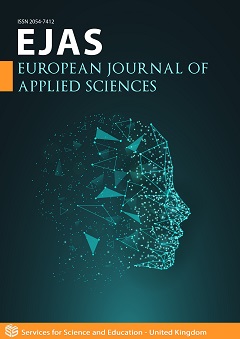Geomorphological Analysis of Ayad River Basin, Udaipur (India) using Remote Sensing and GIS Techniques
DOI:
https://doi.org/10.14738/aivp.105.12962Keywords:
LULC, soil, geology, geomorphology, Ayad river, remote sensing GISAbstract
Geomorphological analysis is useful for managing land resources and aid in resource inventory, mapping, and management for a variety of purposes. The science of geomorphology is now better able to comprehend surface dynamics because to recent improvements in remote sensing and GIS, the availability of satellite-based DEM, and improvements in mathematical modelling skills. The study is emphasis on utilization of secondary data which have been compiled from different sources e.g. SOI, USGS, NBSS&LUP, GSI. LULC, drainage, river-lake link, soil, geology, landform, geomorphology have been analyzed based on satellite imagery, DEM, toposheet, and other secondary data. Dendritic and sub-dendritic drainage pattern is common in Ayad basin and drainage density is ranging between 0.46 and 3.45 (Km/Km2). Eight artificial lakes are linked together in a chain in the saucer-shaped valley, which is the first historic river linking project in India. Lithology ranging in age from Archaean to Upper Proterozoic are present and belong to three geological cycles - Bhilwara, Aravalli, and Delhi supergroups. Landforms of the area are mainly lower-flat, and ridge cover only 13% of the area. A very detailed geomorphological map has developed by visual image interpretation of satellite imagery, DEM data, toposheets, geological map and classified in 13 broad geomorphic units, and 63 micro-geomorphic units. Through the percentage hypsometric curve method, the hypsometric integral is 27% which indicates the old stage of the basin.
Downloads
Published
How to Cite
Issue
Section
License
Copyright (c) 2022 Kuldeep Pareta

This work is licensed under a Creative Commons Attribution 4.0 International License.






